Refine search
Actions for selected content:
18128 results in Cambridge Histories
The Cambridge History of War and Society in America
- Coming soon
-
- Expected online publication date:
- July 2026
- Print publication:
- 31 July 2026
-
- Book
- Export citation
The Cambridge History of African American Poetry
- Coming soon
-
- Expected online publication date:
- July 2026
- Print publication:
- 31 July 2026
-
- Book
- Export citation

The Cambridge History of American Popular Culture
- Coming soon
-
- Expected online publication date:
- May 2026
- Print publication:
- 31 May 2026
-
- Book
- Export citation

The Cambridge History of International Law
- Coming soon
-
- Expected online publication date:
- April 2026
- Print publication:
- 30 April 2026
-
- Book
- Export citation

The Cambridge History of Music in Spain
- Coming soon
-
- Expected online publication date:
- April 2026
- Print publication:
- 30 April 2026
-
- Book
- Export citation

The New Cambridge History of the English Language
- Africa, Asia, Australasia and the Pacific
- Coming soon
-
- Expected online publication date:
- March 2026
- Print publication:
- 31 March 2026
-
- Book
- Export citation

The New Cambridge History of the English Language
- North America and the Caribbean
- Coming soon
-
- Expected online publication date:
- March 2026
- Print publication:
- 31 March 2026
-
- Book
- Export citation
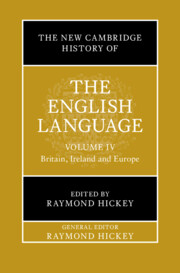
The New Cambridge History of the English Language
- Britain, Ireland and Europe
- Coming soon
-
- Expected online publication date:
- February 2026
- Print publication:
- 28 February 2026
-
- Book
- Export citation
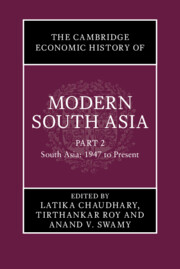
The Cambridge Economic History of Modern South Asia
- Coming soon
-
- Expected online publication date:
- February 2026
- Print publication:
- 28 February 2026
-
- Book
- Export citation
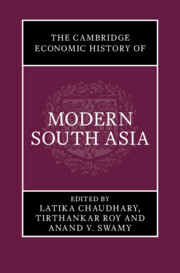
The Cambridge Economic History of Modern South Asia
- Coming soon
-
- Expected online publication date:
- February 2026
- Print publication:
- 28 February 2026
-
- Book
- Export citation
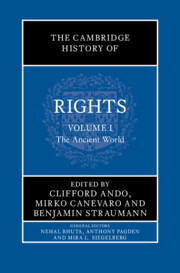
The Cambridge History of Rights
- Coming soon
-
- Expected online publication date:
- January 2026
- Print publication:
- 27 November 2025
-
- Book
- Export citation

The Cambridge History of Rights
- Coming soon
-
- Expected online publication date:
- January 2026
- Print publication:
- 27 November 2025
-
- Book
- Export citation
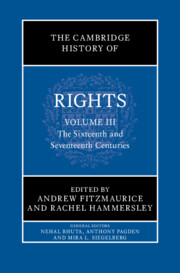
The Cambridge History of Rights
- Coming soon
-
- Expected online publication date:
- January 2026
- Print publication:
- 29 January 2026
-
- Book
- Export citation
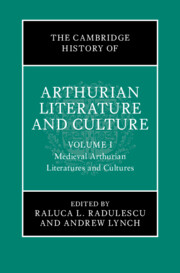
The Cambridge History of Arthurian Literature and Culture
- Medieval Arthurian Literatures and Cultures
- Coming soon
-
- Expected online publication date:
- January 2026
- Print publication:
- 31 January 2026
-
- Book
- Export citation
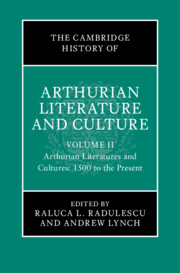
The Cambridge History of Arthurian Literature and Culture
- Arthurian Literatures and Cultures: 1500 to the Present
- Coming soon
-
- Expected online publication date:
- January 2026
- Print publication:
- 31 January 2026
-
- Book
- Export citation
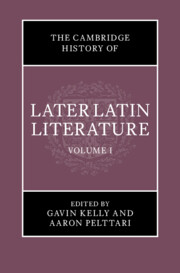
The Cambridge History of Later Latin Literature
- Coming soon
-
- Expected online publication date:
- January 2026
- Print publication:
- 31 January 2026
-
- Book
- Export citation
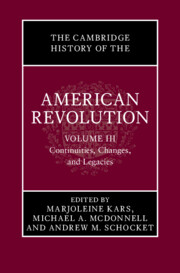
The Cambridge History of the American Revolution
- Coming soon
-
- Expected online publication date:
- January 2026
- Print publication:
- 30 October 2025
-
- Book
- Export citation

The Cambridge Urban History of Europe
- Coming soon
-
- Expected online publication date:
- January 2026
- Print publication:
- 20 November 2025
-
- Book
- Export citation

The Cambridge Urban History of Europe
- Coming soon
-
- Expected online publication date:
- January 2026
- Print publication:
- 20 November 2025
-
- Book
- Export citation

The Cambridge Urban History of Europe
- Coming soon
-
- Expected online publication date:
- January 2026
- Print publication:
- 20 November 2025
-
- Book
- Export citation
